Currently, last-mile mobility and inter-city travel is a sector that is mostly dominated by electric vehicles and e-scooters. This makes sense since electric vehicles over small distances help reduce harmful emissions and can also help save time by not getting people stuck in traffic. However, with advanced technologies coming into the picture, short-distance air travel is expected to soon become a reality within the next five years.
Volocopter is a German air taxi startup that recently unveiled its plans for a new vehicle called the VoloCity. Now, the company is moving one step closer towards realising its goal of providing air taxi services by raising €50 million in the initial closing of its Series C round of funding. This news comes at the time when Uber has appointed Natalie Malligan as the new head of Uber Air for Australia to get its services off the ground in Melbourne.
Funding details
As stated above, the Bruchsal-based startup Volocopter has successfully secured €50 million in its first closing of the Series C funding. The round was led by Zhejiang Geely Holding Group Co., Ltd (Geely Holding), which is the Chinese parent company of Volvo Cars. With the latest round of investment, Geely Holding is now a minority investor in the startup, along with existing investors like Daimler. However, the company’s founders, Stephan Wolf and Alexander Zosel that are both individual shareholders, jointly remain the company’s largest shareholder.
The company also expects a second Series C round closing towards the end of the year. The new funds will be used for the commercial launch of the VoloCity aircraft within the next three years. With the latest round, the total capital raised by Volocopter now stands at €85 million. Volocopter will also use the funds to obtain a commercial certification by the European Aviation Safety Authority (EASA) for their VoloCity aircraft.
“Urban mobility needs to evolve in the next few years to meet rising demand. With our Volocopter air taxis, we are adding a whole new level of mobility in the skies,” says the CEO of Volocopter, Florian Reuter. “This funding round is allowing us to take great strides towards bringing Urban Air Mobility to life whilst being respectful of our shareholder’s money.”
Features of VoloCity aircraft and expected launch
VoloCity was unveiled late in August by Volovopter and it is the startup’s fourth-generationgeneration electric Vertical Take-Off and Landing (eVTOL) aircraft. It is said to be more powerful than its predecessor with an estimated range of about 35km and airspeed of 110km per hour. Equipped with 18 rotors, the vehicle can ferry two passengers and it features aerodynamically modelled rotor beams that are said to enhance flight efficiency and stability.
Volocity is also working on a network of terminals called “VoloPorts” that would be used to launch and land the company’s eVTOL vehicles. In Q4 this year, the Urban Air Mobility company will present its VoloPort air taxi landing infrastructure at the ITS WC from October 22 to October 25 in Singapore. The launch date of Volocopter’s services are not concrete yet but the company aims at a commercial launch within the next three years.
Competition with Uber Air, Uber’s flying taxi service
One of the biggest competitors of Volvocopter in the shared flying taxi space is Uber. Uber Air is the company’s aerial ridesharing arm that is led by the Uber Elevate team and the company plans to take its ride sharing electric VTOL off the ground by 2023. Currently, its launch markets include Dallas, Los Angeles and Melbourne, and the company is planning on commencing demonstrator flights by next year and announcing commercial operations by 2023. As mentioned earlier, Uber has appointed Natalie Malligan as the new head of Uber Air Australia for speeding up Uber Air’s development in Melbourne.
Cover image credits: Volocopter
Stay tuned to Silicon Canals for more updates in the tech startup world.
https://siliconcanals.com/news/startups/quantificare-raises-e5m-in-funding/



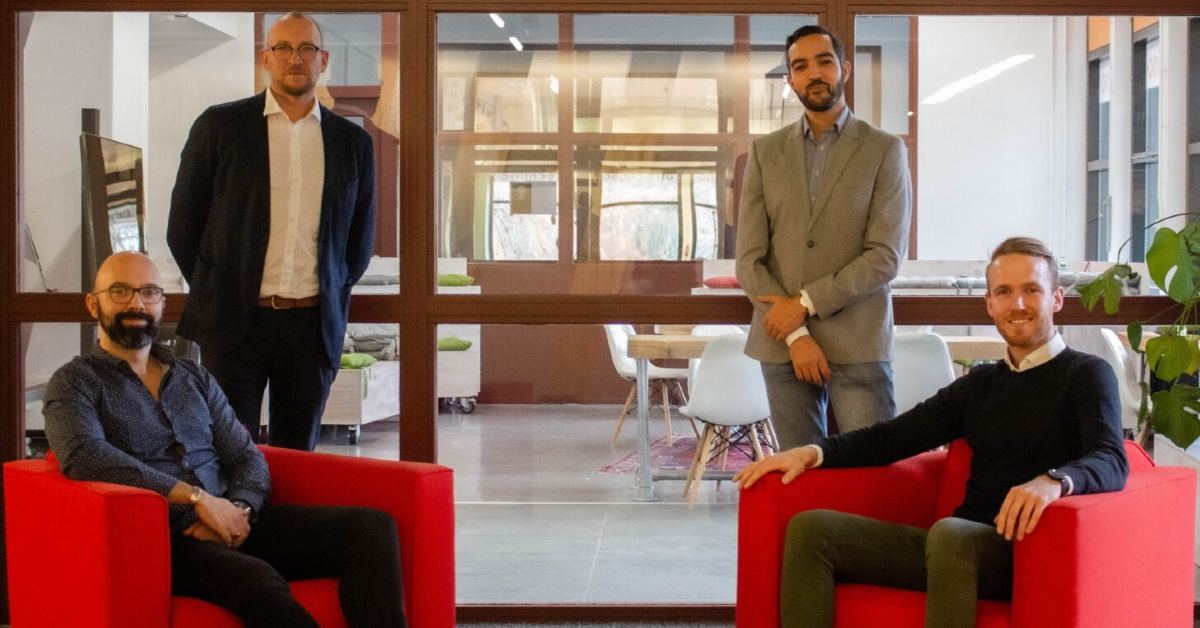
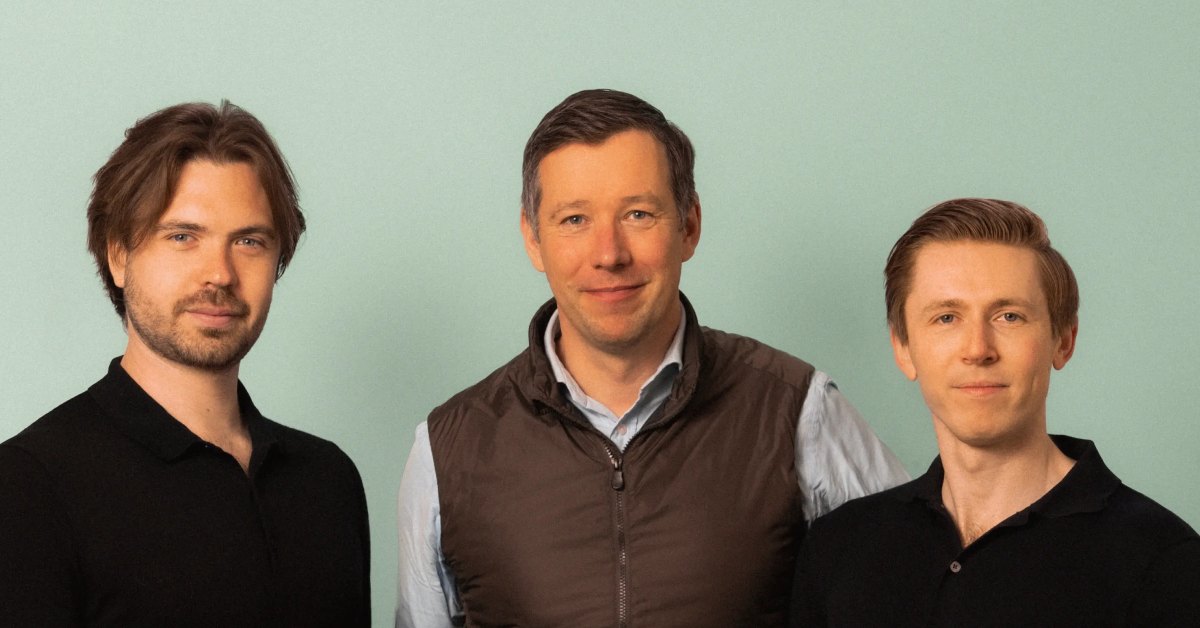
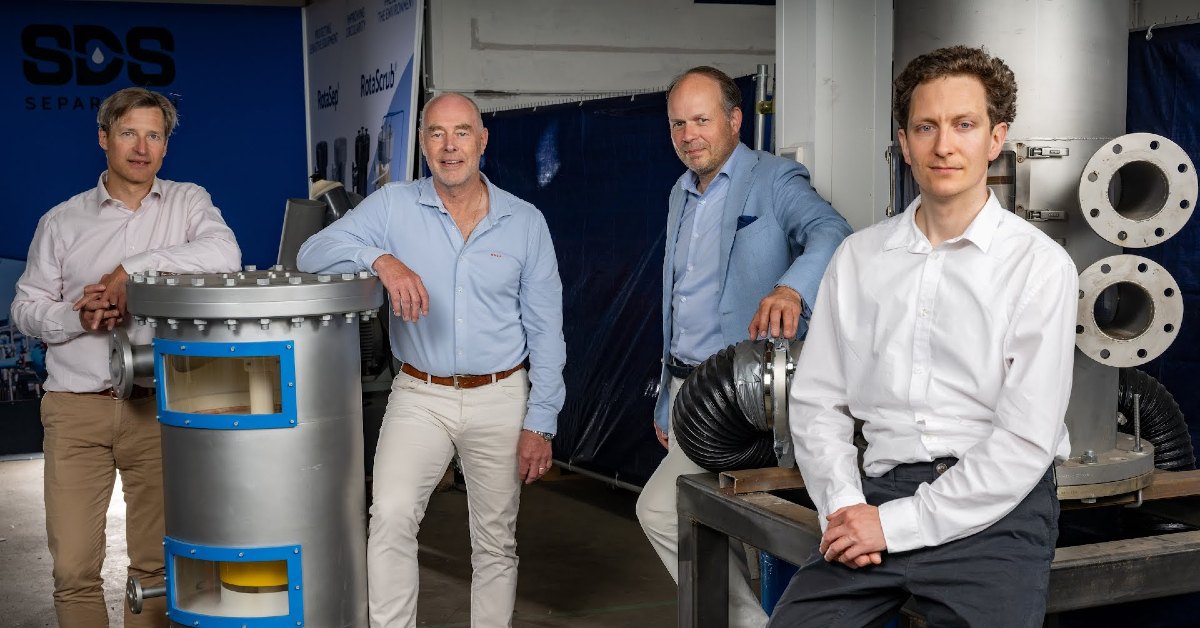
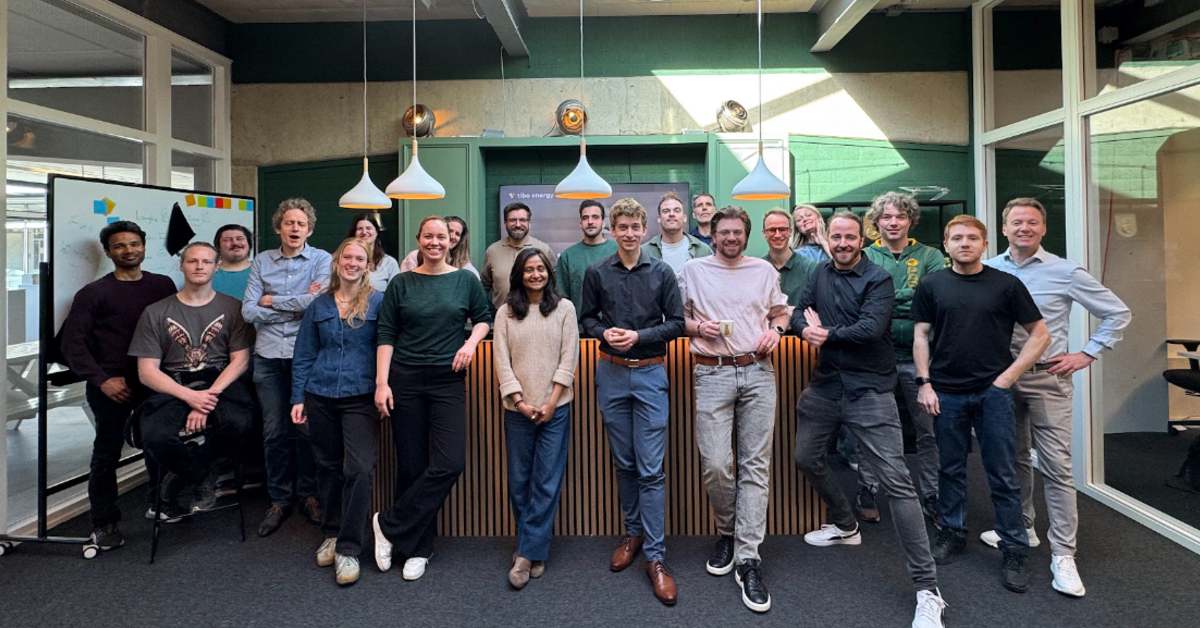
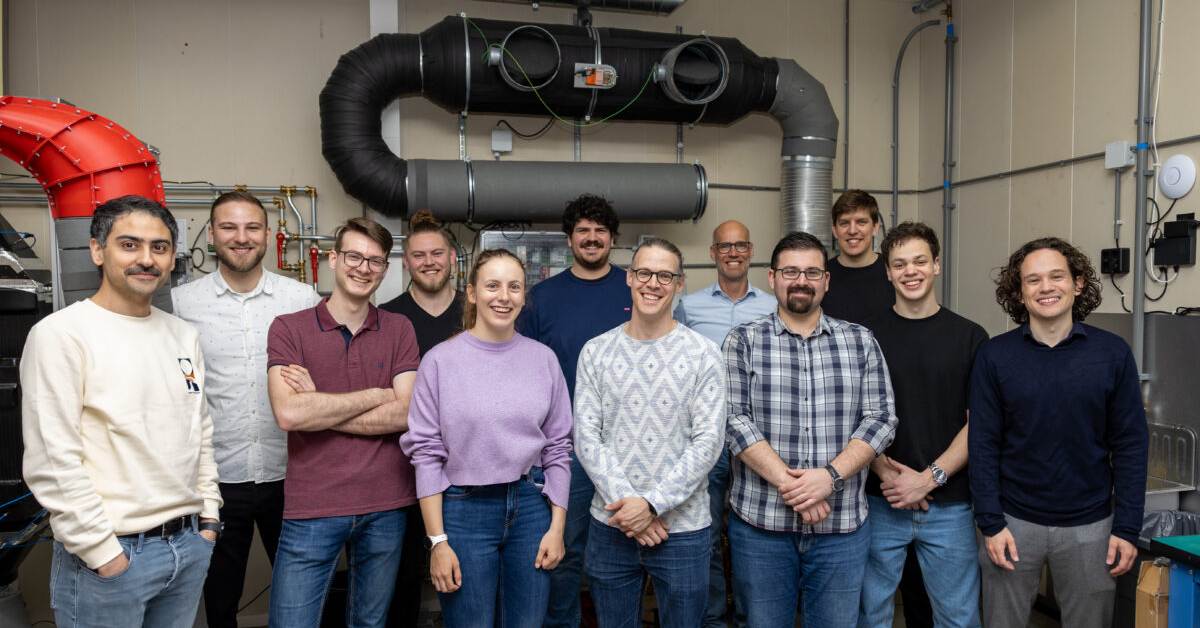


01
From telecom veteran to Dutch Startup Visa success: The Jignesh Dave story